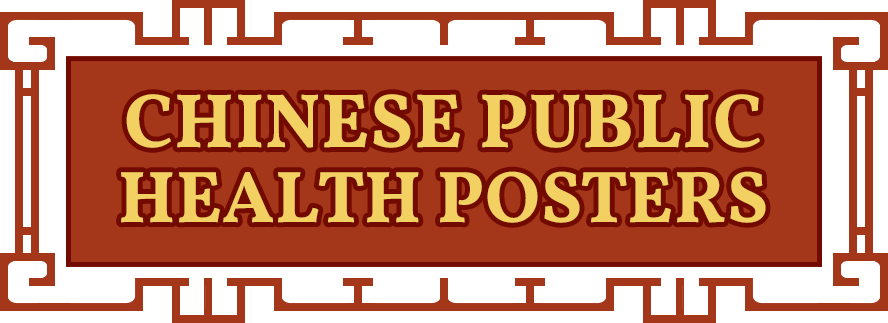Class 1
Class 1 Overview: Sanitation Posters
China’s Hygiene Education for Children during 1950s is a middle school lesson plan that uses two Chinese public health posters from 1950s as primary sources. Students view the healthy daily activities depicted on the posters online and acquire new vocabulary and grammar in Chinese. In Class 1, students compare the daily activities among Chinese youth in the 1950s and their own. In Class 2, students learn time phrases and sentence structures in Chinese, as well as review vocabulary. In Class 3, students learn a complete sentence structure that contains both time and location phrases.
The class vocabulary list provides both traditional and simplified Chinese characters used in this lesson plan.
Handouts
[Note: Most handouts include both traditional and simplified Chinese characters. Teachers are to review and determine whether to use one or both characters based on the established practices of their respective school systems.]
- Warm–up Activity (PDF) (MSWord); Teacher's Warm-up Activity (PDF)
- Class 1: Vocabulary: Action (PDF) (MSWord)
- Class 1: Teacher's reading script (PDF)
- Class 1: Vocabulary Homework (PDF) (MSWord); Teacher’s Class 1: Homework Assignment (PDF)
Other materials and set-ups:
- a class display set–up (e.g., overhead projector and screen, smart– or promethium–board, or large printouts) for the following posters:
- Poster 1: "I wash face, brush teeth, wash hands before meals, and rinse mouth after meals," ca. 1950
- Poster 2: "I often play outside in fresh air," ca. 1950 (Source: Chinese Public Health Posters)
- a cumulative vocabulary chart for the class
- large index cards in four different colors and markers
- Display and introduce to students the Chinese Public Health poster 1 and poster 2. Then project the Warm–up Activity handout and complete the Venn diagram as a class.
- Distribute copies of Class 1—Vocabulary: Action and read aloud each word while pointing to its illustration on one of the two posters. Have students repeat each read–aloud.
- Demonstrate Total Physical Response (TPR) activity with a volunteer student by reading aloud a word and having the student act out its meaning. For example, as you read aloud xǐ 洗 liǎn 臉 (xǐ 洗 liǎn 脸), the student listens then pretends to wash her/his face.
- Have students work in pairs and use the Total Physical Response (TPR) to practice learning the action words on the vocabulary list.

